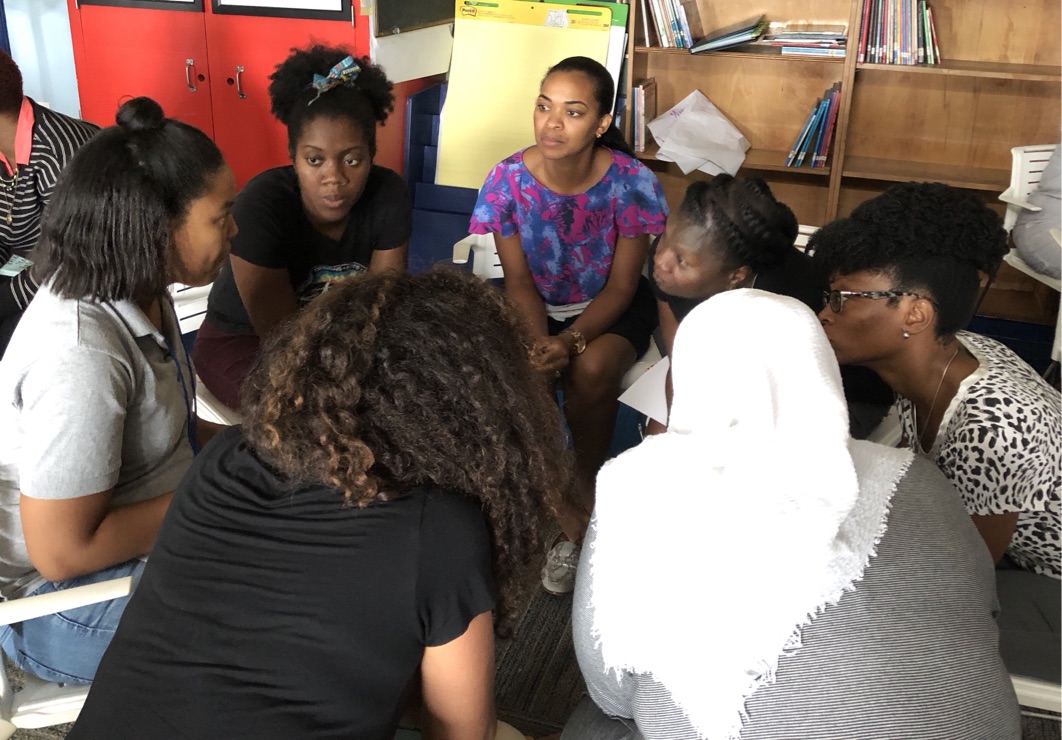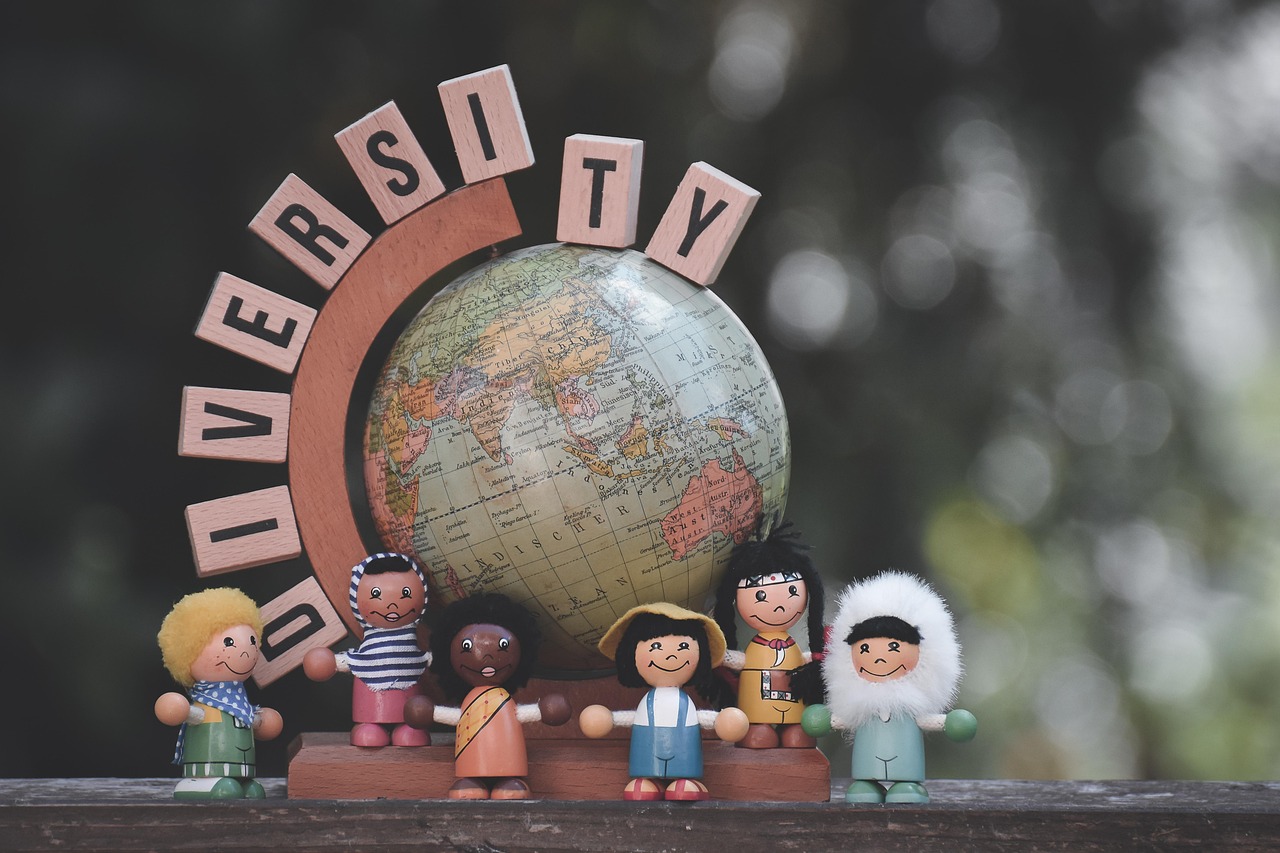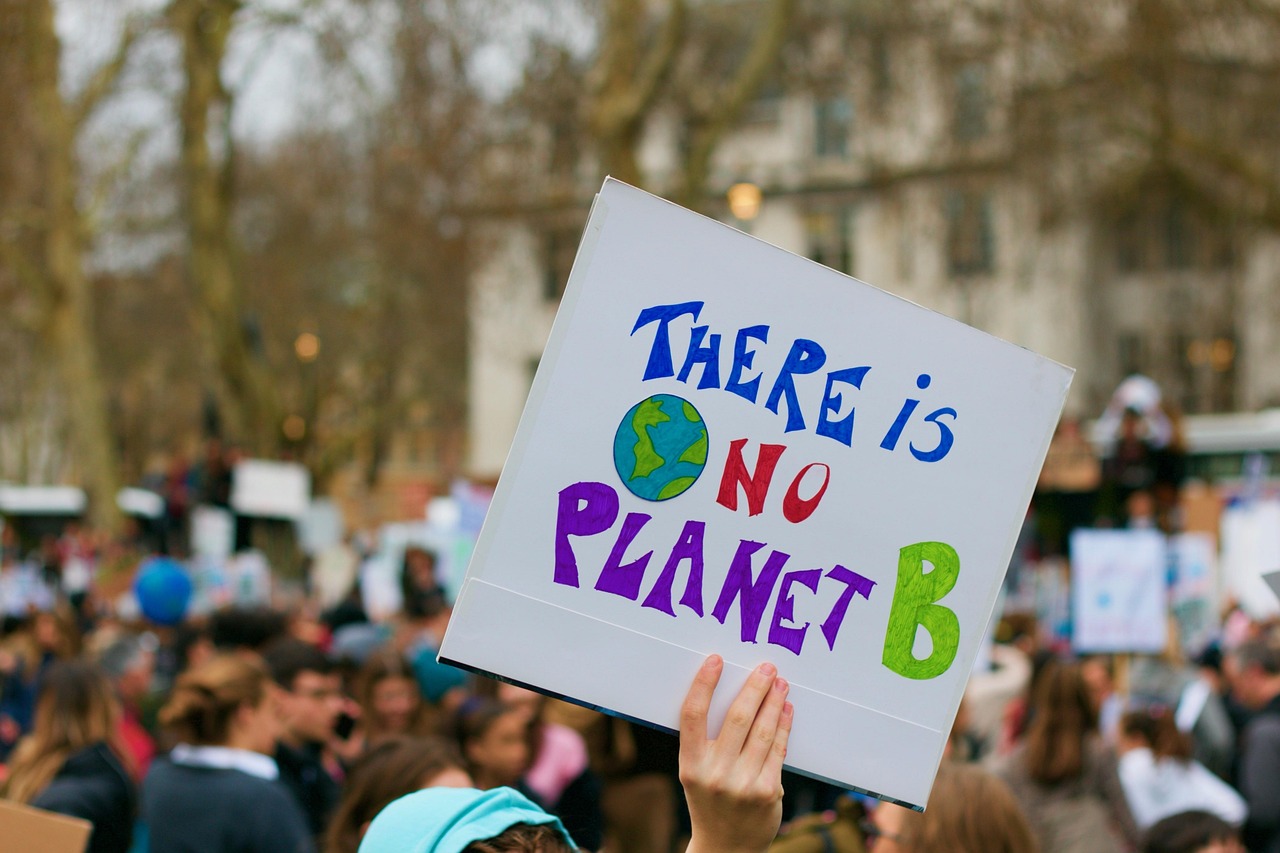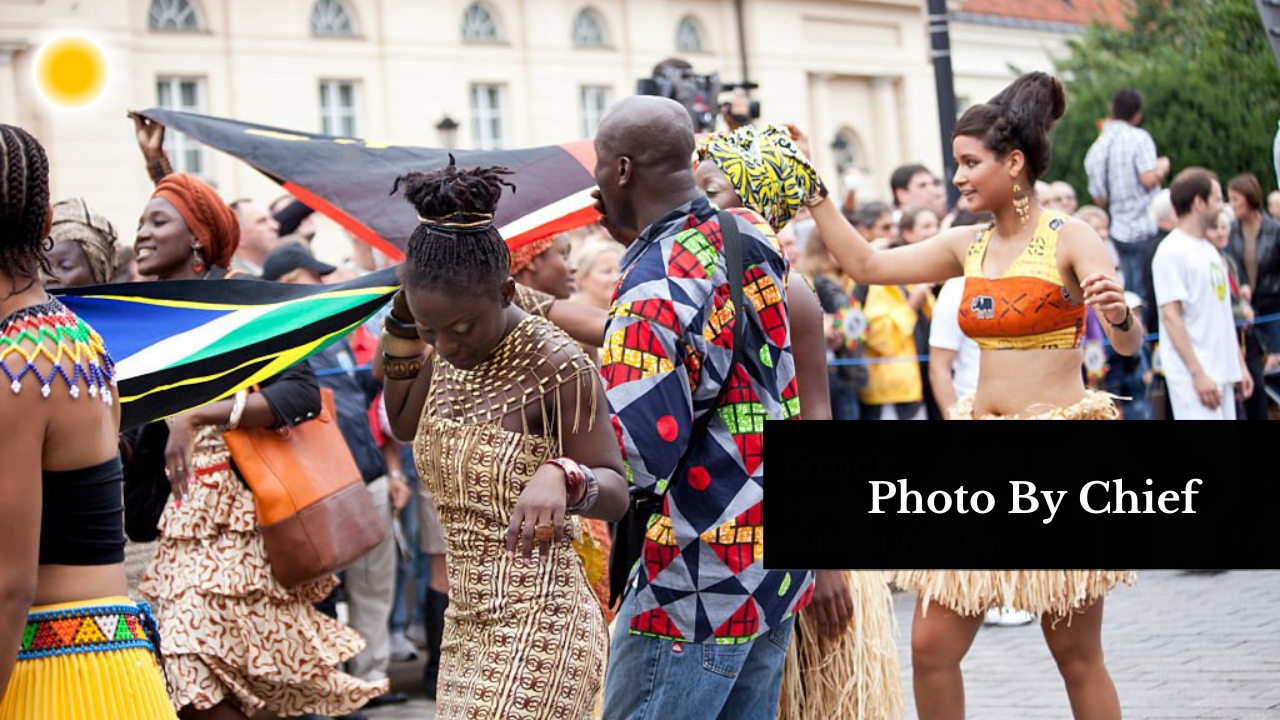
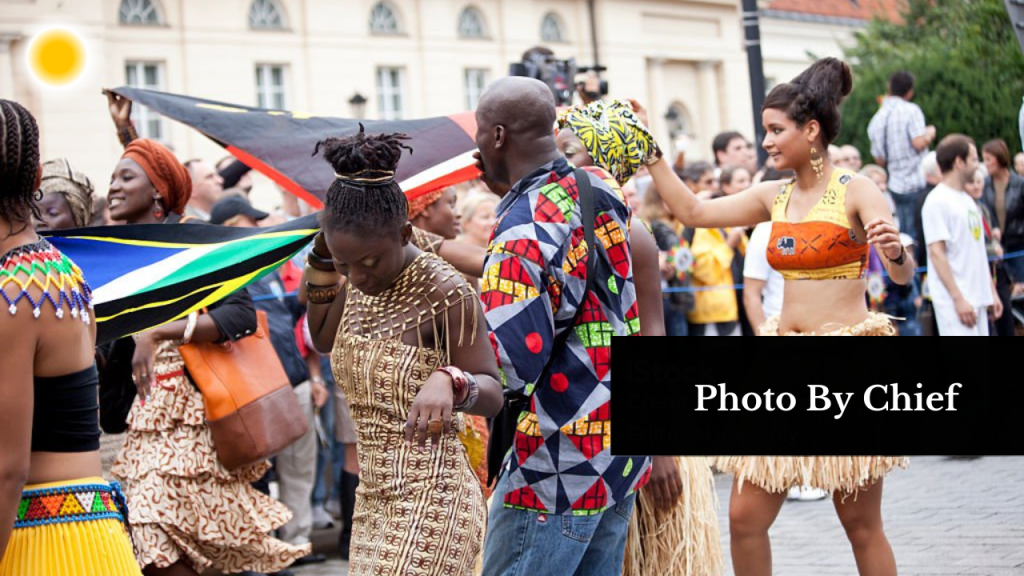
By Akwang Winfred (Legal Billionaire)
In a world more connected than ever before, cultural diversity and inclusion are no longer just buzzwords—they are the pillars of a healthy, innovative, and unified global society. From the food we eat to the languages we speak, our differences can either divide or enrich us. The choice is ours.
Understanding Cultural Diversity
Cultural diversity refers to the variety of cultural expressions, identities, and traditions found in any given community. This can include language, food, clothing, customs, religion, and worldviews. When embraced with intention and respect, these differences can create a vibrant social fabric where everyone feels seen and valued.
In today’s interconnected world, understanding and appreciating cultural differences is essential for fostering social harmony, inspiring innovation, and driving sustainable development.
Benefits of Embracing Cultural Diversity and Inclusion
Here are some key ways societies benefit from diversity:
🌍 Innovation and Creativity
When people from diverse backgrounds collaborate, they bring unique ideas and perspectives. This fusion of viewpoints fuels creativity and leads to innovation in industries like technology, arts, business, and education.
💼 Economic Growth
A diverse and inclusive workforce attracts top talent, boosts productivity, and fosters positive workplace culture. Countries and companies that champion diversity are often more competitive and economically robust.
🎨 Cultural Enrichment
Interacting with different cultures broadens our worldview. We gain exposure to new traditions, languages, music, art, and philosophies—deepening our empathy and appreciation for the human experience.
Why Inclusion Matters
Inclusion ensures that diversity is not just present but also valued. It’s about creating spaces where every individual—regardless of their background—feels welcomed, heard, and empowered.
✔️ Sense of Belonging
Inclusive environments help individuals feel respected and part of a larger whole. This boosts mental health and well-being.
❌ Breaking Stereotypes
Inclusion challenges outdated biases and assumptions. It replaces fear and ignorance with empathy and understanding.
🧩 Social Cohesion
By bridging gaps between communities, inclusion fosters unity, trust, and a shared sense of purpose.
How to Promote Cultural Diversity and Inclusion
Promoting diversity and inclusion is an active, ongoing process. Here’s how we can start:
📚 Education and Awareness
Incorporate cultural education in schools, workplaces, and media. Awareness reduces prejudice and encourages curiosity over judgment.
🎤 Diverse Representation
Ensure all communities are represented in leadership, entertainment, policymaking, and public discourse. Representation matters—it validates identity and shapes perception.
🏛 Inclusive Policies
Governments, institutions, and businesses should adopt policies that protect marginalized groups, encourage diversity hiring, and create equitable opportunities for all.
Conclusion
Cultural diversity and inclusion are not just ideals—they are necessities for a fair, resilient, and thriving society. By learning to appreciate our differences and actively including all voices, we unlock the full potential of our communities.
Recommendations
- Celebrate Diversity: Embrace cultural festivals, languages, and stories to promote unity in diversity.
- Foster Inclusion: Create welcoming spaces—in schools, media, workplaces—where everyone feels they belong.
- Support Initiatives: Back organizations, events, and policies that promote cultural exchange, anti-discrimination, and inclusive development.
Let us remember: our strength lies not in our sameness but in our shared humanity—rooted in the beauty of our differences.



